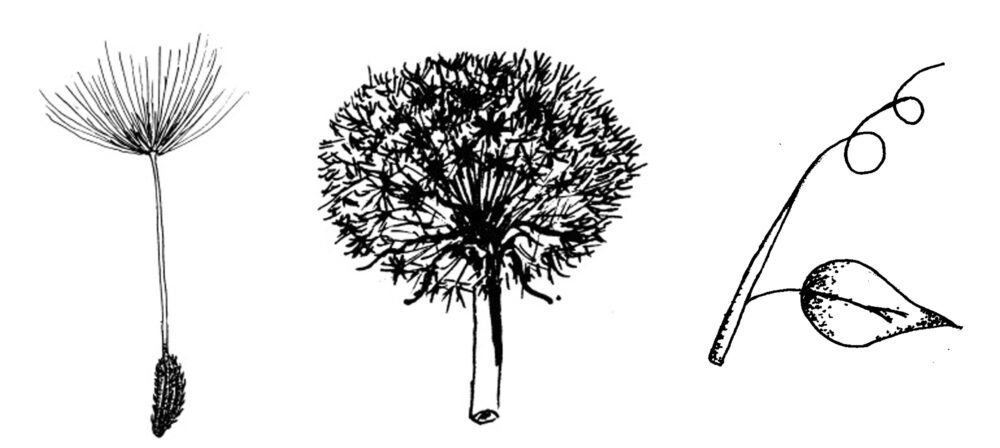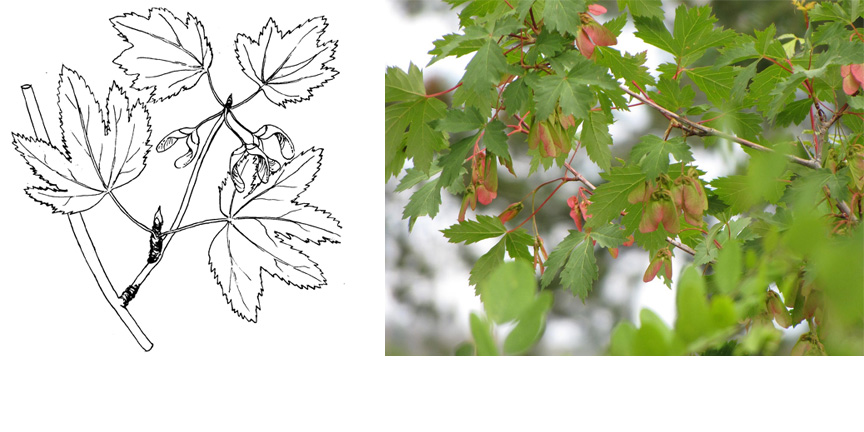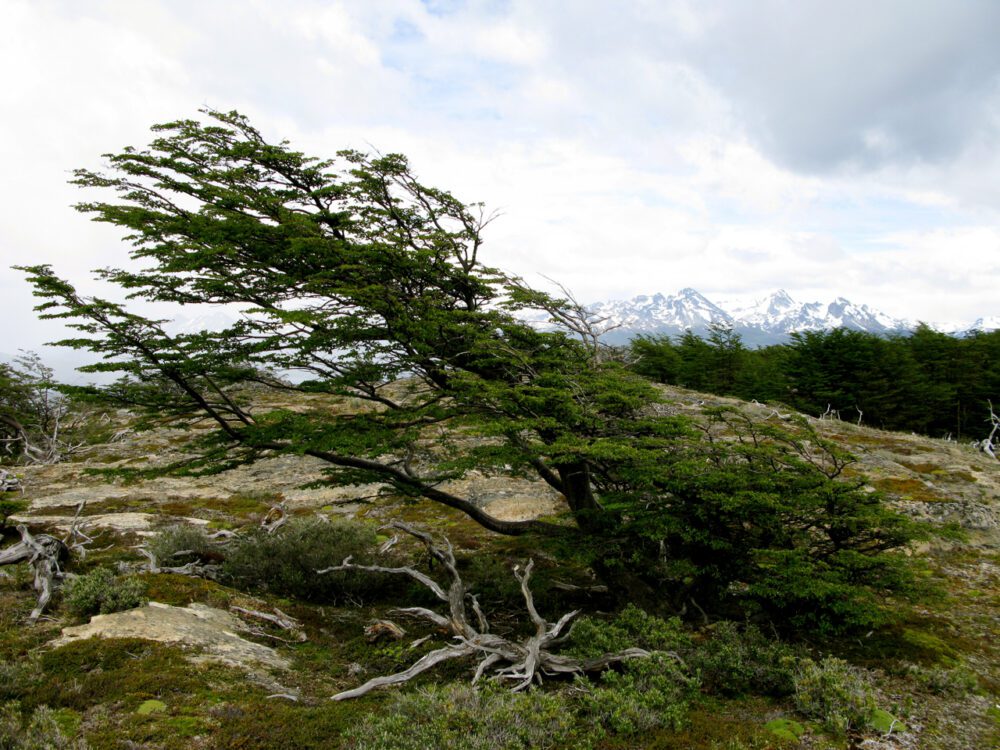By Terry Foxx
In the early 1980s, while teaching at UNM-LA, I went on a field trip with my friend, Gail, and fellow university professors Dr. Loren Potter, an ecologist; and Dr. Bill Martin, a botanist. We traveled through the deserts of Arizona, into Nevada, California, Oregon, and on to the forests of Washington. We saw Joshua trees, krummholz trees, redwoods, oceans, and the Great Basin. We held lectures on beaches or among tall trees. We returned through Idaho, Utah, Colorado, and New Mexico. It was an amazing experience!
One day, we found ourselves standing in the Inyo Mountains on the border of Nevada and California. It was a magical view. Our hair blew fiercely in the wind, and around us stood old, bent and gnarled trees, known as krummholz. The word krummholz means “crooked wood” in German.
As I looked around, I said to myself “these were indeed crooked wood.” Their branches were flagged and gnarled. They seemed like a place out of time where fairies or gnomes might be hiding in their undergrowth. Dr. Potter told us that these trees grew this way due to the wind and cold at this elevation. The cold kills the apical buds and so the tree never grows tall. And it is bent from the wind.
I had never thought about wind as a positive element in nature. Most often, I grumbled about how it made me cold or blew my hair into my face, or caused my hat to roll far away. I hadn’t really thought about how it was part of nature. It just was. I remember the feeling, but I wish I had written in a journal about my experiences! Even pictures or a few words would have been sufficient.
Aside: Though I don’t remember much about wind, I do remember the saying “March comes in like a lion and goes out like a lamb.” I wondered about its origin. It probably started in reference to the location of the constellations of Leo (the Lion) and Aries (the Lamb) in the night sky. But it quickly described March’s weather as biting winds and the piercing of a lions roar. Yet, by the end of the month March is balmy and warm with a kiss of sunshine, like a newborn lamb. Like many of the old proverbs and weather lore, it is found in Thomas Fuller’s 1732 compendium, Gnomologia: Adagies and Proverbs; Wise Sentences and Witty Sayings, Ancient and Modern, Foreign and British.
Wind
Wind, the movement of air. It is either something I ignore or complain about, because I don’t see it and I can’t hold it. But I can feel its force. I can hear it whistle through the trees, rattle windows, or feel its soft breeze on my cheek. And I know when there is no wind in the summer; it can be unbearably hot!
So, what is wind? It is the differences in atmospheric pressure that generates wind. At the Equator the sun warms the water and land more than it does the rest of the globe. The warm equatorial air rises high into the atmosphere and travels toward the north and south poles. This becomes a low-pressure system. At the same time, the cooler, denser air moves toward the equator to replace the heated air, creating a high-pressure system. The wind generally blows from the high-pressure areas to low-pressure areas. The boundary between the two areas is called a front.
Importance of Wind
Winds have an impact on the climate of an area. The daily weather patterns depend on wind. Wind carries heat, moisture, pollutants and pollen. Rain and snow patterns depend on wind. Without rain or snow plants suffer. When fires happen, the heat of the fire creates its own wind.
Dust from the Sahara Desert is carried by the wind, across the Atlantic, to create the hazy sunsets in the Caribbean. Winds can carry volcanic ash and debris for thousands of miles. The massive eruption of Krakatoa in 1883 caried ash and debris across the globe. Wind can carry sand, and create places like Great Sand Dunes; one of our favorite places to play, hike, and enjoy.
The most famous example of devastating windstorms was the Dust Bowl of the 1930s. It created such thick dust that visibility was only a few feet. Many farmers, including those in our family, lost their farms and migrated west to Idaho or California. Even eastern New Mexico was involved, as well as areas in Oklahoma, Arkansas, and Texas.
In mountainous areas there are rain shadows that are created as wind interacts with a mountain range. As wind approaches a mountain it brings moisture that can become rain or snow. On the other side of the mountain, it is dry.
On our small farm when I was a child, the windmill provided us with needed water, and now it is predicted to reduce our dependence on oil.
Plant Adaptations to Wind
In the mountainous areas at tree line the wind is often fierce. Trees are shaped by the wind and ice. They are bent in the direction of the wind and often become shrub-like. We call those trees krummholz trees. Many other shrub plants are mat-like. In the high Himalayas, plants, like Rododendron (usually a standing shrub), becomes mat-like.
Trees at high elevations grow very slow, so they are very old. Depending on the species, they are often twice as old as they would usually be. Balsam Fir, for example, can reach 150 years old, twice its usual age. Methuselah is a Great Basin bristlecone pine (Pinus longaeva). This tree grows high in the White Mountains of Inyo County in eastern California. It is estimated to be over 4,853 years old! Don’t try and find it because the forest service will not reveal its location in order to protect it from vandalism.
Dan Sperduto, of the US Forest Service, said “It is a common theme among trees – growing tall and big and fast does not beget great age. These tactics make them vulnerable to wind and other natural forces. … More often, old trees are those that grow slowly by surviving tough environments at the extremes of their tolerance limits. Or, sometimes, they just get lucky.” I think there is a lesson in this for us.
The species that can become krummholz trees are varied and depend on the elevation of the tree line. They include, limber pine, bristlecone pine, balsam fir, subalpine fir, Engelmann spruce, lodgepole pine and more.
In the desert areas of the country, where strong winds carry sand and grit, cacti and other plants have thick cuticles to protect against the abrasive action of the wind.
In forested areas trees are often in large stands. If the stands are cut down around a particular tree, that tree is vulnerable to the wind. We can see that in burned areas. A lone tree may survive, but it cannot survive the high velocity wind and becomes uprooted. The serrated and torn leaves of the coconut palm is another adaptation. The wind blows through these leaves rather than toppling the trees.
Many plants use wind to carry their seeds hundreds and thousands of miles assuring their genetics is spread throughout out an area. One of the fun things is to take a common dandelion with a seed head and blow the seeds to see how far they fly!


Many of the common plant species, such as grasses, conifers and food plants, like wheat and corn, are wind pollinated. Genetically, they evolved before insects. Because the direction and velocity of the wind is unpredictable, wind pollinated plants grow in stands to assure pollination!
Animal Adaptations to Wind
So, what about animal adaptations? Adaptations can be physical, physiological or behavioral. Here are just a few.
- Frogs that inhabit trees often have sticky pads on their feet to cling to the tree.
- Camels have two rows of long eyelashes to protect their eyes from the sun and grit of sand. In addition, they have a narrow nostril to keep the sand out.
- Many animals have thick fur to protect them in cold regions.
- Animals can migrate from cold regions to warmer regions.
- Can you think of others?
Would you like to know how fast the wind is blowing? Try making a cup anemometer. Anemometers are used to measure wind speed. They are easy and fun to make. Try them with your child or grandchild if you don’t want to do it by yourself. You can find directions at https://www.education.com/science-fair/article/make-anemometer/
References
“Adaptations to high wind velocity, Biology,” ExpertsMind. http://www.expertsmind.com/questions/adaptations-to-high-wind-velocity-30125012.aspx. (accessed 1 March 2022).
Foxx, Teralene, Craig Martin, Dorthy Hoard, Plants of the Jemez Mountains, 3 Volumes.
Rankin, Joe. “Krummholz: The High Life of Crooked Wood.” The Outside Story (April 2014).
Turgeon, Andrew and Elizabeth Morse. “Wind”. National Geographic Society, 2012. https://www.nationalgeographic.org/encyclopedia/wind/. (accessed 1 March 2022).

